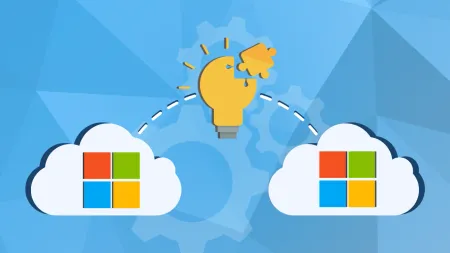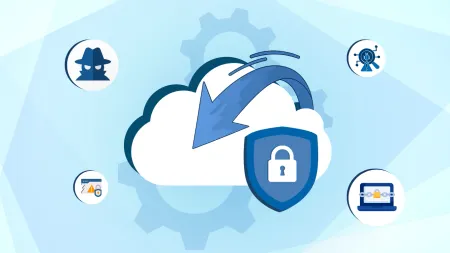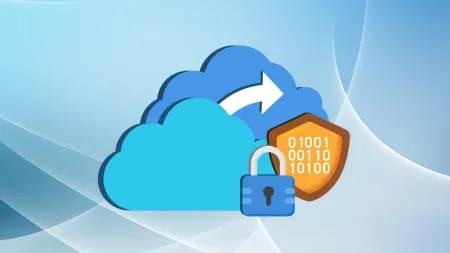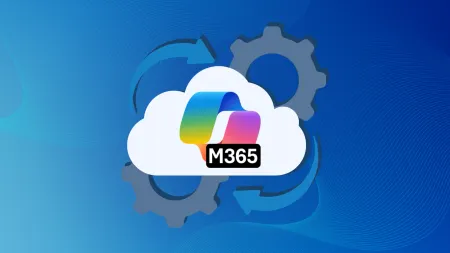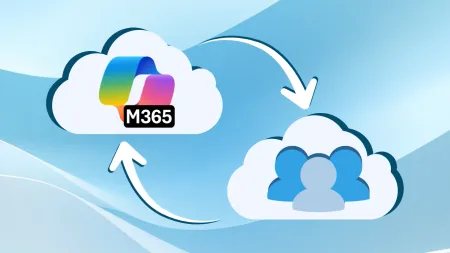Staged vs Cutover Office 365 Migration What You Need to Know
Office 365 is now the worlds most popular cloud application with 20 percent of enterprise employees using at least onehttpswwwskyhighnetworks...

Office 365 is now the world’s most popular cloud application, with 20 percent of enterprise employees using at least one 365 app. The percentage of enterprises that adopted the service after a successful migration has tripled in recent years.
However, Office 365 migrations have developed a reputation in the IT community as massive undertakings. In many cases, companies struggle with common Office 365 migration challenges. These include training woes, building hybrid solutions and maintaining data quality in complex migrations like SharePoint. Understanding the difference between a staged and cutover Office 365 migration will lead you down the best migration path.
Is a Simple Office 365 Migration Even Possible?
Moving to Office 365 is a multi-phased project. For many organizations, developing the right plan requires technical consulting and support. Even Microsoft’s own support documentation states there are “many paths” to the optimal migration and countless considerations for the planning process.
For IT pros in the early stages, you might wonder whether an Office 365 cutover migration or a staged transition is the smarter choice. You’ve likely also heard of hybrid and third-party migrations. Read on to learn high-level differences between the primary approaches to Office 365 migrations and how to assess which is right for you.
What Is a Cutover Office 365 Migration?
A cutover Office 365 migration is one of the simplest migration approaches. This methodology involves a single transition of all mailboxes to the 365 platform, generally using IMAP or RPC over HTTP. You can typically complete this migration in several days or less. If you have fewer than 1,000-2,000 email users and use Outlook, you could be a candidate for this approach.
What Is a Staged Office 365 Migration?
Staged migrations use similar technical means to a cutover Office 365 migration, but you perform the transition in batches. You may be a candidate for this approach if you have a small to moderate number of email users and you’re on a version of Exchange Server newer than 2007.
Other Approaches to an Office 365 Migration
While terminology can vary slightly, your organization also has the option of a hybrid or third-party migration. With a hybrid approach, your organization will transfer certain Microsoft Apps to the cloud, while leaving others on-premises. This can be beneficial for organizations with a moderate number of users and certain technical requirements, such as a heavily customized SharePoint.
Third-party migrations leverage the help of a Microsoft Consulting Partner that provides specialized guidance and technologies. This can be beneficial to organizations that don’t qualify for other approaches and companies seeking to reduce risks, leverage expert assistance or unlock post-migration support.
Which Are Smarter: Cutover or Staged Migrations?
Ultimately, the right approach for your organization will depend on the technical, business and cultural factors at play. Microsoft’s guidelines include both technical requirements and recommendations. Technical factors that could guide your method selection include:
- Mailbox data volume
- Number of mailbox users
- Exchange Server version
- Use of non-Exchange email platforms
Cultural factors also affect your decision. These include the amount of support your organization requires to train IT and end users, your budget and need for third-party solutions to ease the transition. Additional business requirements, such as internal deadlines for fully transitioning to the cloud, could inform your decision heavily.
A well-planned Office 365 migration can reduce business risks, improve end user satisfaction and help your organization unlock the benefits of the cloud.
Looking for more guidance? To discover which migration approach is right for you, schedule a complimentary consultation today.
